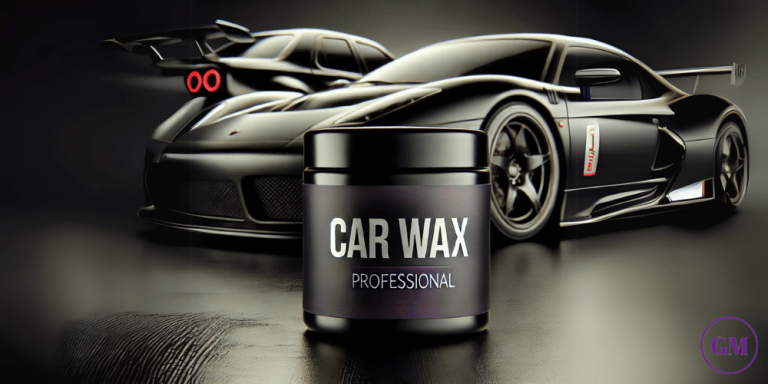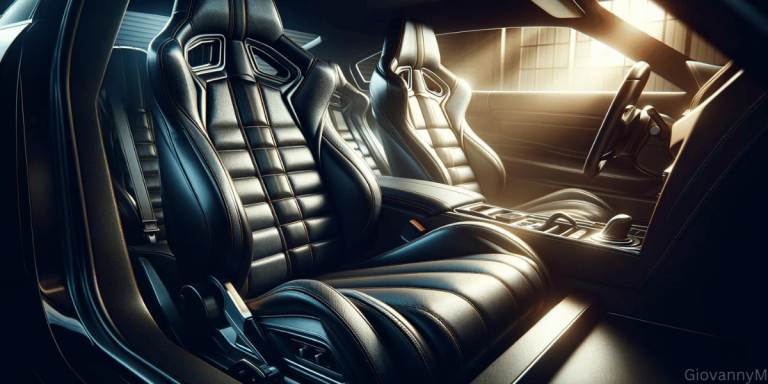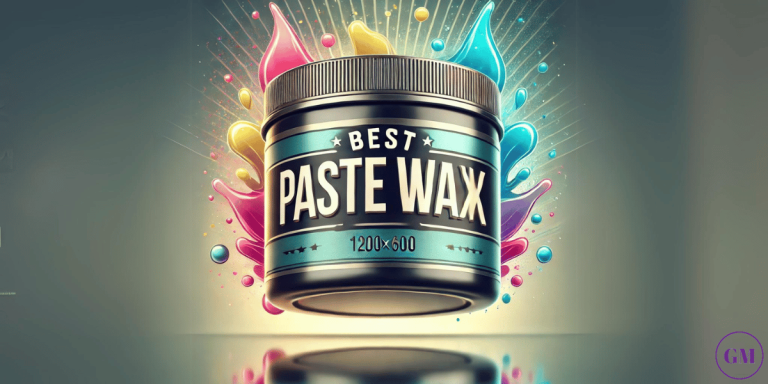Clean Brake Dust Like A Pro Easy 2024
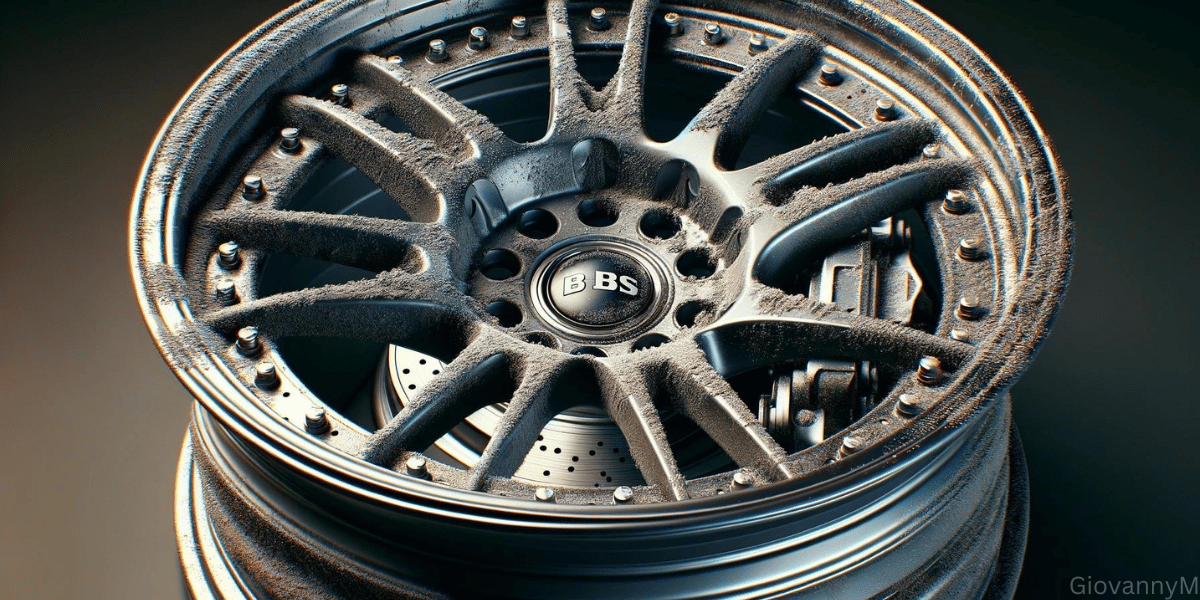
Every car enthusiast knows the frustration of dealing with brake dust. This stubborn grime, composed of metallic particles, sticks to the entire wheel, ruining its aesthetic appeal and possibly ruining the rims. Especially for those who took that extra step to buy custom wheels, brake dust ruins the look you were looking for.
The challenge is real—brake dust is difficult to remove, needing more than simply soap and water to remove it. Not only does it cling to your wheels, but it also threatens the life and shine of your rims, turning what should be a proud car display into a constant battle against brake dust and dirt.
This guide is crafted with the car enthusiast in mind, offering tried and tested strategies to conquer brake dust. We’ll dive into the best cleaning techniques that will protect your wheels and keep them looking their best without causing damage.
“Life moves pretty fast. If you don’t stop and look around once in a while, you could miss it.” Ferris Bueller’s Day Off.
TL;DR:
- Dealing with brake dust is a common frustration for car enthusiasts.
- Removing metallic particles from wheels is challenging.
- This guide provides effective strategies to clean and protect your wheels.
The Cause Of Brake Dust
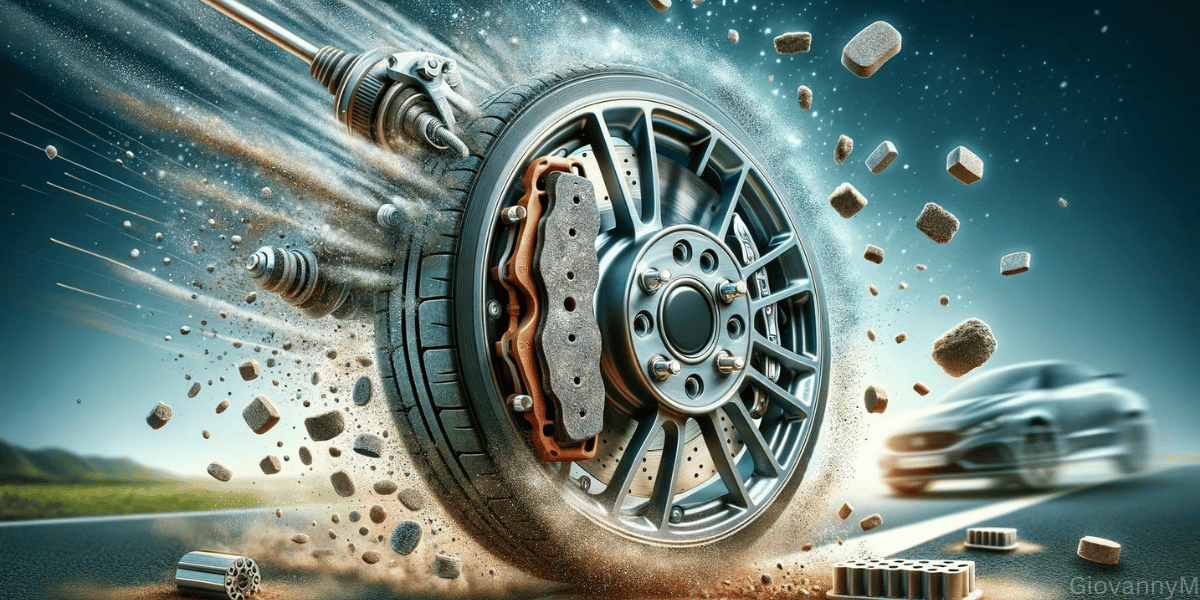
Brake dust on your wheels is caused by the wear and tear of brake pads. Each time you use your brakes, the brake pads press against the rotor, creating friction to slow down your car. This friction causes tiny iron particles from the brake pads to scatter, covering your wheels in brake dust.
The amount of dust produced can vary depending on the type of brake pad materials used and driving habits. Some materials wear down faster and create more dust. Understanding these causes helps in finding effective cleaning solutions.
Why Is Cleaning Brake Dust Important?
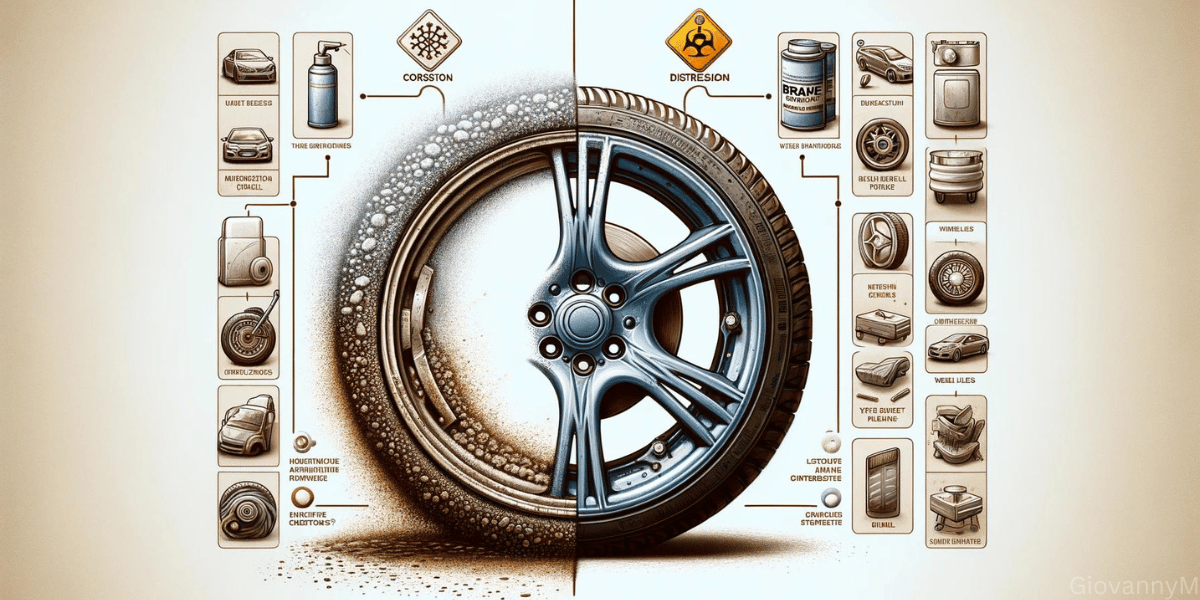
Cleaning brake dust is important for several reasons. Too much brake dust buildup not only ruins the appearance of your wheels, making them look dirty and and old, but it also poses risks to your vehicle’s performance and safety. The accumulation of this dust can lead to heat buildup around the brake caliper, which, in turn, might impact braking performance.
This means your car might not stop as quickly or smoothly as it should, posing a safety risk. Furthermore, persistent brake dust on the wheels can lead to corrosion and wear, not just on the wheels themselves but also potentially affecting the tires over time.
Some studies even show that brake dust can affect people’s health with those particle floating around in the air. Regular cleaning prevents these problems, making sure your car looks good and remains safe and reliable on the road.
Prevent Brake Dust

To keep your vehicle’s wheels in pristine condition and minimize the impact of brake dust, consider these strategies:
Cleaning products:
It’s always a good idea to use only The Best Car Cleaning Products to easily clean brake dust off your wheels. You’ll need a few key tools and supplies that will help you get the job done without damaging your rims. Here’s a small list of essentials:
- Wheel Cleaner: A specialized wheel cleaner designed to safely dissolve brake dust and other road grime without harming the wheel finish.
- Soft-Bristle Brush or Wheel Brush: To gently scrub the wheels, reaching into the nooks and crannies where brake dust can accumulate.
- Microfiber Cloth: For wiping the wheels down after cleaning, ensuring no residue is left behind.
- Bucket: For mixing cleaning solutions if needed, and for rinsing your tools.
- Gloves: To protect your hands from the cleaning chemicals and the brake dust.
- Hose or Pressure Washer: For rinsing the wheels thoroughly after cleaning.
Regular Cleaning:
Making wheel cleaning a frequent part of your vehicle care routine can stop brake dust from accumulating and causing long-term damage. While this approach doesn’t stop the dust from appearing, it controls its effects on your vehicle. Make an effort to clean brake dust regularly and prevent damage from occurring and using an appropriate wheel cleaner not harsh chemicals. Cleaning brake dust is part of learning how to wash a car the right way, not missing any spots or details.
Ceramic Brake Pads:
Switching your brake pads to ceramic ones changes the friction material, which create less brake dust amounts. These brake pads are a semi permanent, quieter, last longer, create better brake performance and are cleaner than traditional options, although they may cost more they might not be ideal for every driving condition. Upgrading your vehicle braking system to ceramic brake pads can keep excessive brake dust from ruining the look of your clean car.
High-End Wheel Finishes:
Applying a durable finish like ceramic coating to your wheels can create a strong protective barrier against brake dust. This option is more costly and might need a professional application, but it greatly reduces cleaning efforts and protects against various contaminants.
Brake Dust Shields:
By installing shields between the brake rotor and the wheel rim, you can catch brake dust before it reaches the wheel surface. This method can lead to increased brake pads heat, which may affect performance, so it’s a balance between cleanliness and functionality. Ensure to clean brake dust shields on a regular basis.
Brake Dust Repellent:
Spraying aerosol brake dust repellent directly onto your rims surface forms a protective layer that repels brake dust for an extended period. While effective for many, its suitability varies with different wheel types but does not affect braking performance.
Regular Wheel Waxing:
Applying a high-quality wheel wax or an advanced finishing can create an additional protective layer on your wheels, making it harder for brake dust to adhere and easier to wash away. Wheel waxing makes having to buy expensive wheels unnecessary if you are trying to save money.
Wheel Types:
Some different wheels and different coatings are less prone to showing brake dust accumulation or road contaminants like road grime.
- Alloy Wheels with a Clear Coat Finish
- Powder-Coated Wheels
- Polymer-Coated Wheels
- Chrome Wheels
- Satin or Matte Finishes
Upgraded Braking System:
Investing in a higher-quality brake system designed to produce less dust could be a more drastic but effective solution for reducing brake dust.
Driving Habits:
Adjusting your driving habits to reduce brake wear can also produce less brake dust. This includes anticipating stops to reduce hard braking and maintaining a steady speed to avoid unnecessary braking. Keep in mind that front-wheel drive tends to wear more on the front brakes and vice versa for rear-wheel drive vehicles.
Final Thoughts

In conclusion, understanding the relationship between your brake pad, brake rotors, and the friction material is key to managing brake dust. Every time you press your brake, metal particles from the pads and rotors wear off, creating dust.
This is a normal part of driving, but knowing how to minimize and clean up this dust can keep your wheels looking great and your braking system working well. Remember, the right care and maintenance can make all the difference in protecting your vehicle’s performance and appearance. Now that you you know how clean and prevent brake dust, check The Best Car Accessories to further improve your car.



